Are You Cooking Your Veggies Wrong? When to Go Raw and When to Crank the Heat
After spending years as a nutritionist and food educator, one question pops up more than any other: “What’s the absolute best way to prepare my food?” People are understandably confused. One day they hear that cooking kills all the nutrients, and the next, they’re told raw food is impossible to digest. So, what’s the real story?
In this article
Honestly, there’s no single right answer. The best method really depends on the specific food and which nutrient you’re trying to get out of it.
I learned this lesson firsthand. I once worked alongside a chef who had this peculiar habit. He’d meticulously chop his garlic, then let it sit on the cutting board for a solid ten minutes before it went anywhere near a hot pan. He called it “letting the spice bloom.” I thought it was just a quirky flavor trick, but it turns out he was intuitively tapping into a food science principle that protects garlic’s most powerful health compounds. And that’s what we’re going to dig into here—practical knowledge that helps you get the most from your groceries.

Why Heat Changes Everything (For Better or Worse)
Before we jump into specific veggies, let’s get a handle on what’s actually happening when you cook something. Cooking is basically a chemical reaction. It breaks down tough plant fibers, which makes food easier to chew and digest. Sometimes, it even unlocks nutrients, making them easier for your body to absorb. A classic example is the lycopene in tomatoes; your body can grab way more of that good stuff from cooked tomato sauce than from a raw tomato.
But heat isn’t always your friend. Many of the most valuable compounds in our food are surprisingly fragile and can be damaged or totally wiped out by high temperatures. The main villains in this story are heat, water, and oxygen.
Here are the nutrients that are most at risk:
- Water-Soluble Vitamins: This is a big one. It includes Vitamin C and all the B vitamins (like folate). When you boil vegetables, these vitamins literally leak out of the food and into the cooking water. If you pour that water down the drain, you’re also dumping a ton of nutrition.
- Helpful Enzymes: A lot of plants have these amazing enzymes that kick off healthy reactions in our bodies. Think about the alliinase in garlic or the myrosinase in broccoli. These enzymes are proteins, and heat changes their shape—a process called denaturation—which basically turns them off for good.
- Phytonutrients: This is just a fancy catch-all term for thousands of natural plant compounds that do great things for our health. Some of them, like flavonoids, can take a real hit from certain cooking methods, especially long cook times at high heat.
The goal isn’t to start eating everything raw. It’s about being strategic. For tough root veggies like carrots or squash, cooking is a huge help. But for the foods we’re about to cover, a raw or gently cooked approach is usually the winner.
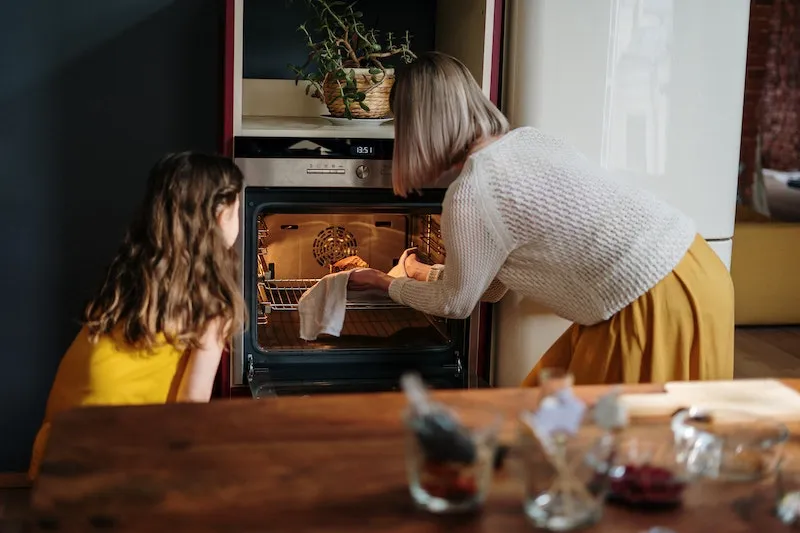
The Allium Duo: Garlic and Onions
Garlic and onions are the foundation of countless amazing dishes. They’re also loaded with sulfur compounds linked to better heart health and immune support. But, as you might have guessed, these compounds are super sensitive.
In garlic, the magic happens when you damage the clove. Chopping or crushing it causes a compound called alliin to mix with an enzyme called alliinase. This reaction creates allicin—the powerhouse responsible for that signature garlic smell and most of its health perks. The catch? The alliinase enzyme is destroyed by heat almost instantly. If you toss freshly chopped garlic straight into a hot pan, you get the flavor but miss out on almost all the allicin.
That chef I mentioned was a genius. The pro technique is what some call the “hack and hold.” You chop, mince, or press your garlic, and then—this is the important part—you let it sit on your cutting board for 10 to 15 minutes before it sees any heat. I know, waiting feels like an eternity when you’re hungry. But think of it this way: that 10-minute window is when all the magic health stuff is actually being created. No waiting, no magic.
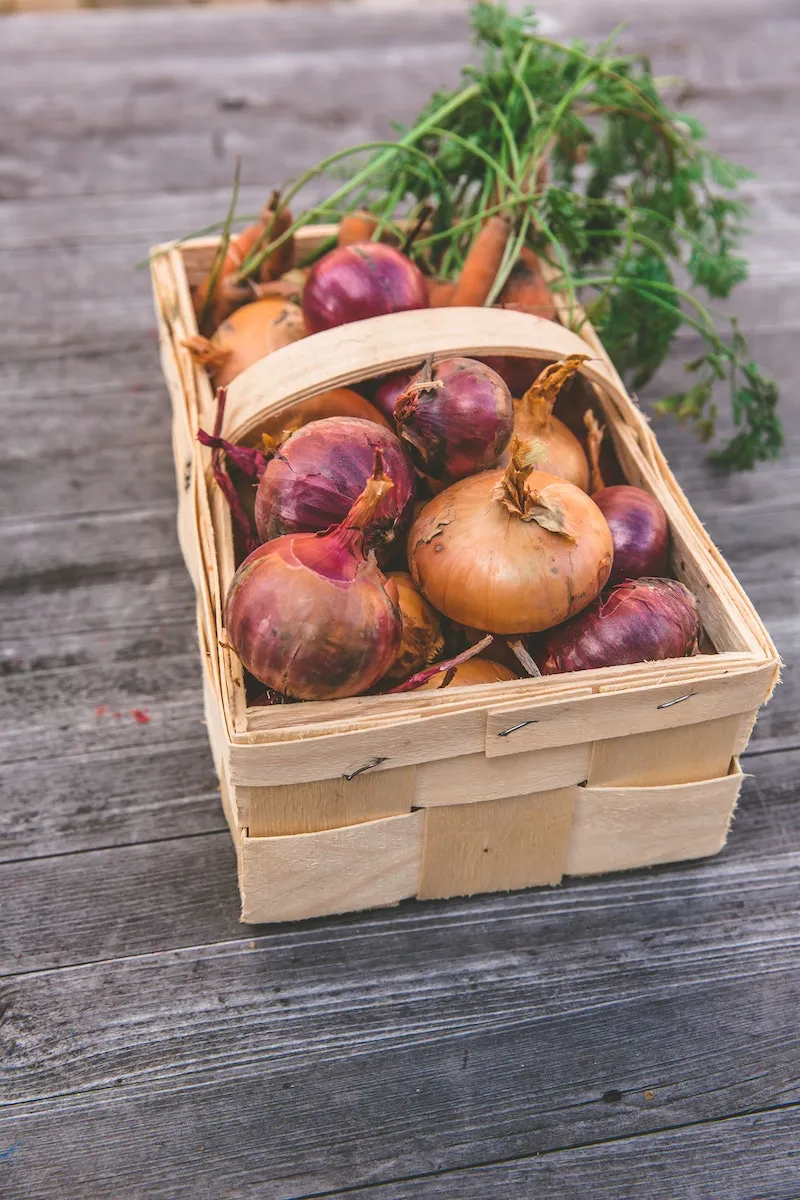
For onions, it’s all about an antioxidant called quercetin. While it’s a bit tougher than allicin, its levels can still drop when cooked, especially with boiling or frying. To get the most bang for your buck, use onions raw in salads, salsas, and on sandwiches. If you do cook them, a quick sauté is your best bet—just toss them in a hot pan for 2-3 minutes until they’re warm but still have a bit of crunch. By the way, red onions generally pack the biggest punch, especially in their outer layers.
Heads Up: A Quick Note on Safety & Digestion
Both onions and garlic are high in FODMAPs, which can cause serious digestive trouble for anyone with Irritable Bowel Syndrome (IBS). And a critical safety warning: NEVER store raw, chopped garlic in oil at room temperature. It creates the perfect oxygen-free environment for botulism to grow, which is extremely dangerous. Always make garlic oil fresh or store it in the fridge and use it quickly.
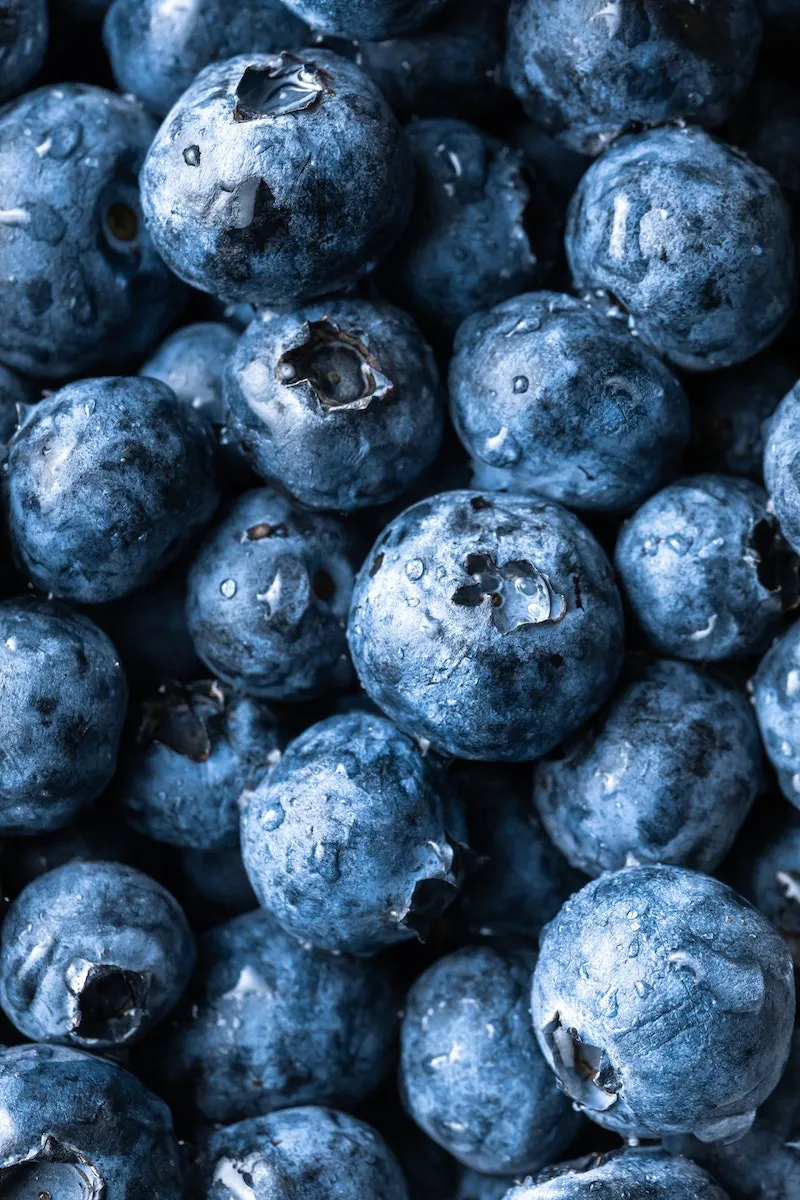
Broccoli and Its Cruciferous Cousins
Broccoli, cauliflower, kale, and cabbage are rockstars, mostly thanks to a compound called sulforaphane, which is a hot topic in cellular health research. But getting it from the plant into your body is a delicate operation.
Just like with garlic, it’s all about an enzyme. When you chew or chop broccoli, you break its cell walls, allowing a compound (glucoraphanin) to mix with an enzyme (myrosinase). This reaction creates sulforaphane. The problem is that myrosinase is a total wimp when it comes to heat. It gets deactivated at around 140°F (60°C). That means boiling, over-steaming, or high-heat roasting completely destroys it, and very little sulforaphane gets made. Plus, boiling can slash broccoli’s Vitamin C content by more than half.
So, what’s the best way? The absolute best is to eat it raw, but let’s be real, that can be tough on the stomach. The best compromise is a light steam. Here’s a can’t-mess-it-up method: bring about an inch of water to a boil in a pot, pop in a steamer basket, add your florets, cover the pot, and set a timer for exactly 3 to 4 minutes. They should come out bright green and still a bit crisp.
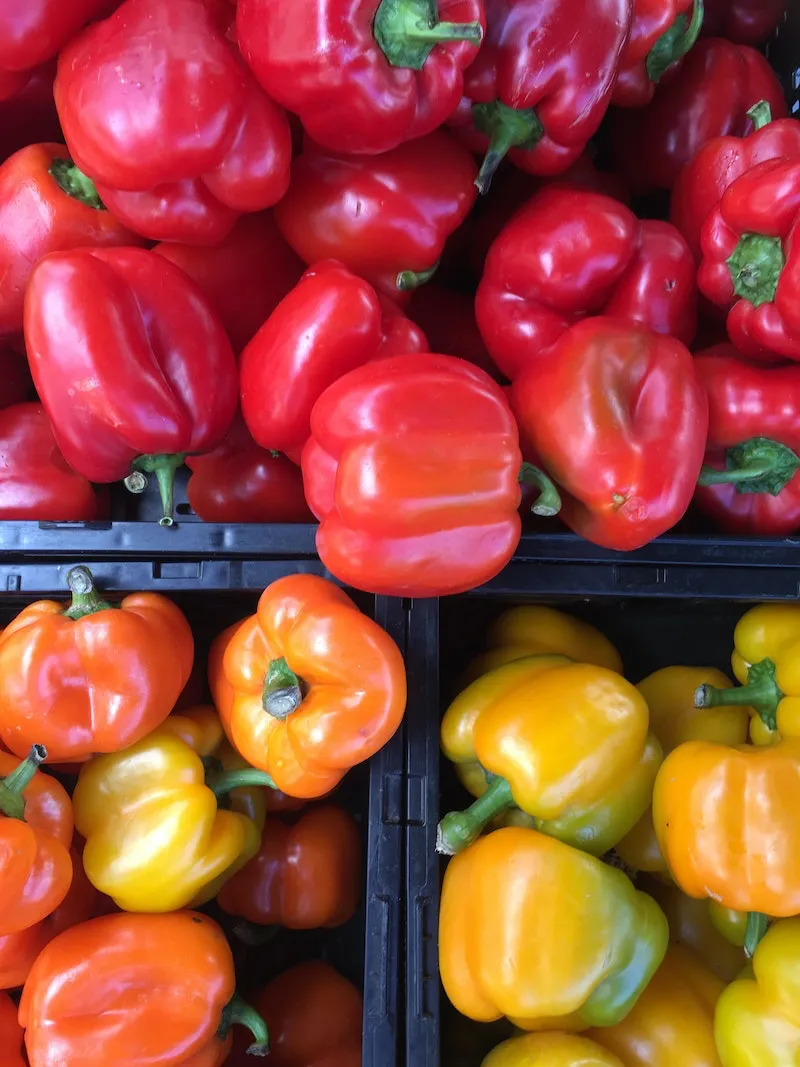
Quick tip: If you do overcook your broccoli, you can still salvage the situation! The key is to re-introduce the missing enzyme. Just sprinkle a tiny bit of mustard powder (which is rich in myrosinase) over your cooked broccoli. A little raw daikon radish or even a few arugula leaves mixed in will also do the trick.
Heads Up: A Word on Thyroid Health
Raw cruciferous veggies contain goitrogens, which can interfere with thyroid function. For most people, this is a non-issue. But if you have a known thyroid condition like hypothyroidism, it’s a good idea to chat with your doctor before you start eating huge amounts of raw kale or cabbage every day.
Vibrant and Vitamin C-Rich: Bell Peppers
Bell peppers, especially the red and yellow ones, are bursting with Vitamin C. A single red bell pepper can pack more than a full day’s worth! But this vitamin is the most fragile of them all—it’s easily destroyed by heat, oxygen, and light.
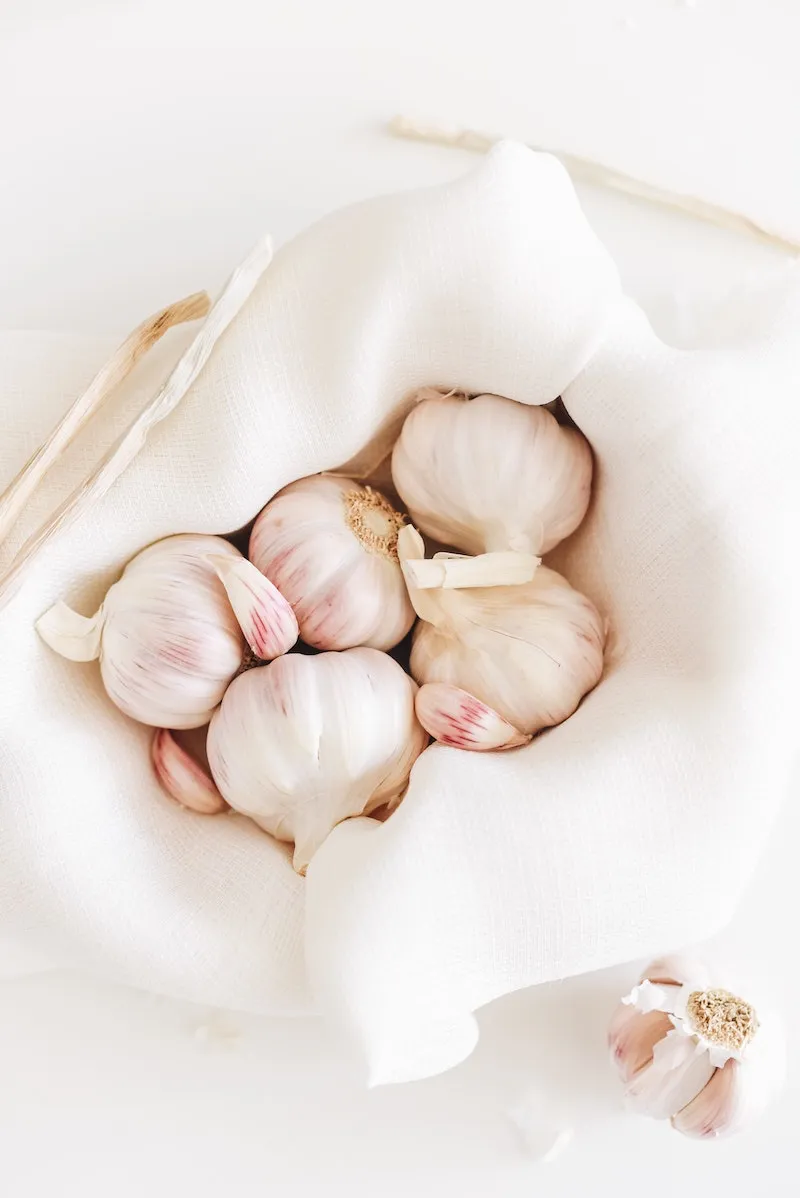
Roasting bell peppers at 400°F (200°C) can wipe out over a quarter of their Vitamin C in just 15 minutes. The solution is pretty simple: eat them raw. They’re sweet, crunchy, and perfect for dipping in hummus or dicing into a fresh salad.
Shopping Tip: When it comes to bell peppers, color equals nutrients. Green peppers are picked first and have the least Vitamin C. As they ripen to yellow, orange, and finally red, their nutrient content skyrockets. A red pepper is always a better nutritional bet than a green one, even if it costs an extra 50 cents.
Antioxidant Powerhouses: Berries
Blueberries are famous for their deep blue color, which comes from antioxidants called anthocyanins. While these are more stable than Vitamin C, they still degrade when cooked for a long time, like in jams or pie fillings.
One of the best tips I can give you is to embrace the freezer aisle. People often think fresh is always better, but with berries, that’s not always true. Frozen berries are flash-frozen at their absolute peak of ripeness, which locks in those precious anthocyanins. Fresh berries, on the other hand, might have spent a week in transit and on a shelf, slowly losing nutrients.
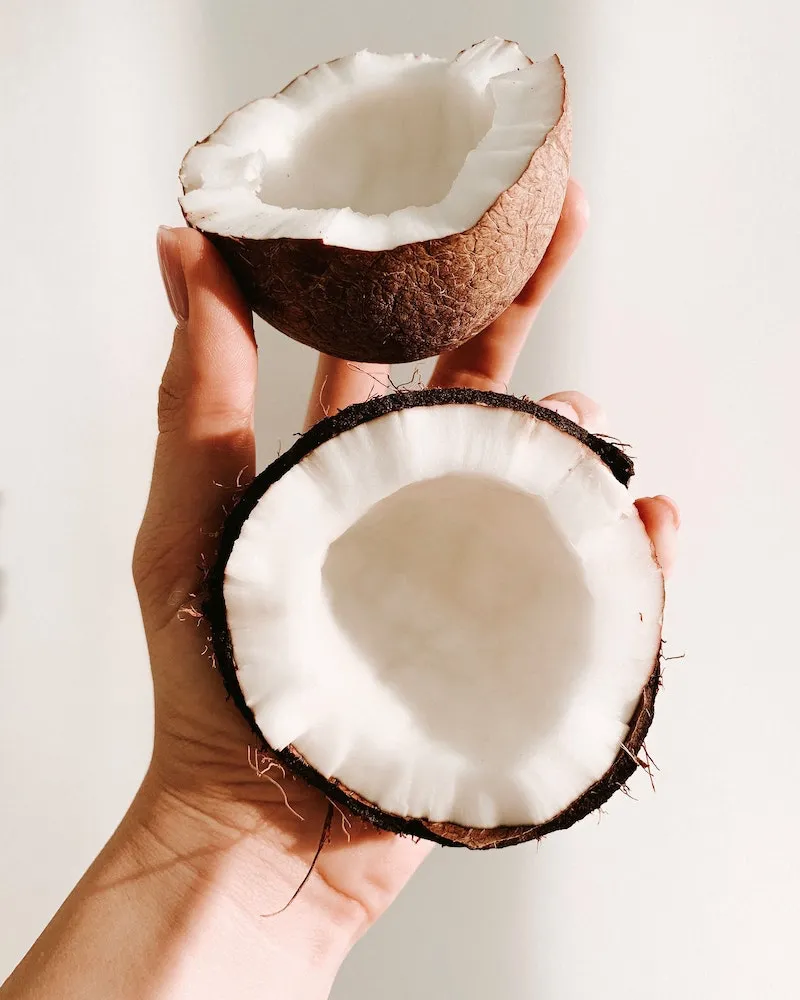
Bonus: a bag of frozen organic blueberries can cost you $8-$10, while a tiny fresh container out of season might be $6. You get more nutrition for less money. They’re perfect for tossing straight from the freezer into a smoothie or oatmeal.
Lightning Round: Quick Tips for Other Common Veggies
Okay, so what about everything else in your crisper drawer? Here’s a quick rundown:
- Carrots: Cook them! Cooking carrots breaks down their tough cell walls, making the beta-carotene much more available for your body to use. Steaming or roasting is fantastic.
- Spinach & Kale: It’s a tie. Eating them raw in a salad gives you the most folate and vitamin C. But cooking them (a light sauté is perfect) wilts them down, meaning you can eat a much larger volume and get a huge dose of minerals like iron and calcium, plus vitamins A and K. A mix of both is ideal.
- Potatoes: Always, always cook them. Raw potatoes contain anti-nutrients and are nearly impossible to digest properly. Roasting or boiling them makes their starches and nutrients digestible and safe to eat.
At the end of the day, it’s not about being perfect. It’s about being informed. Don’t stress about a few lost nutrients in a stir-fry. The most important thing is to simply eat more vegetables, period. But by using heat strategically, you can give your body an extra edge.
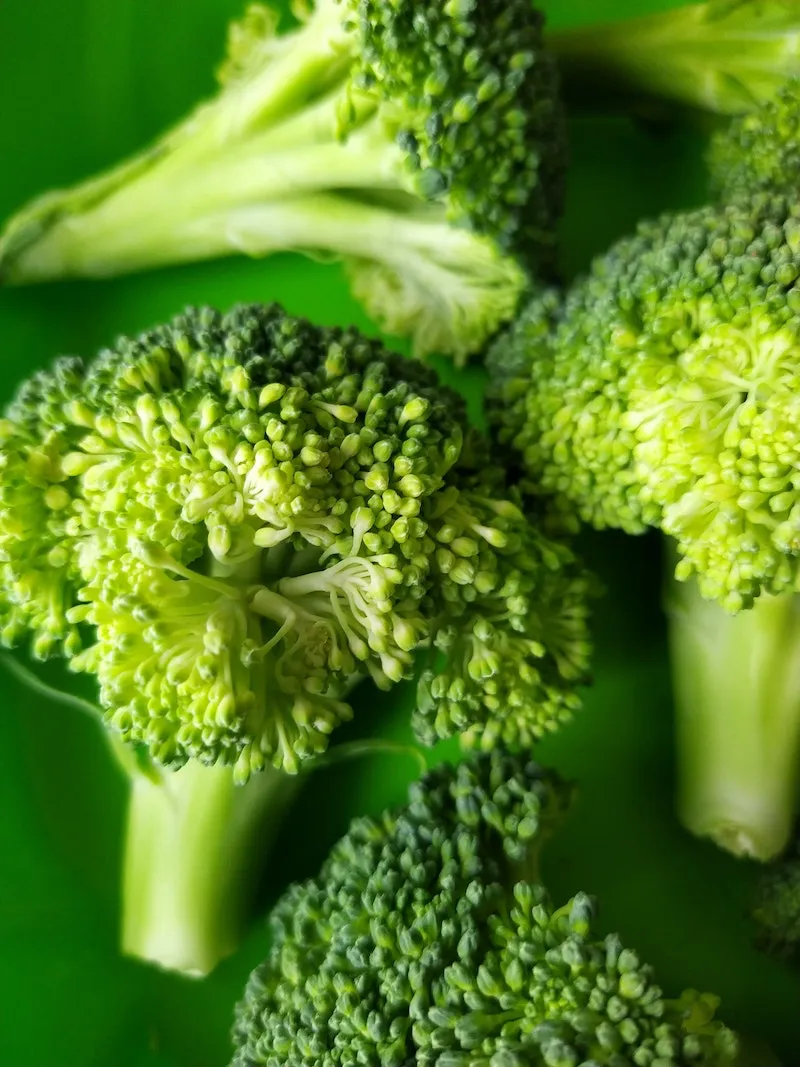
Inspiration:
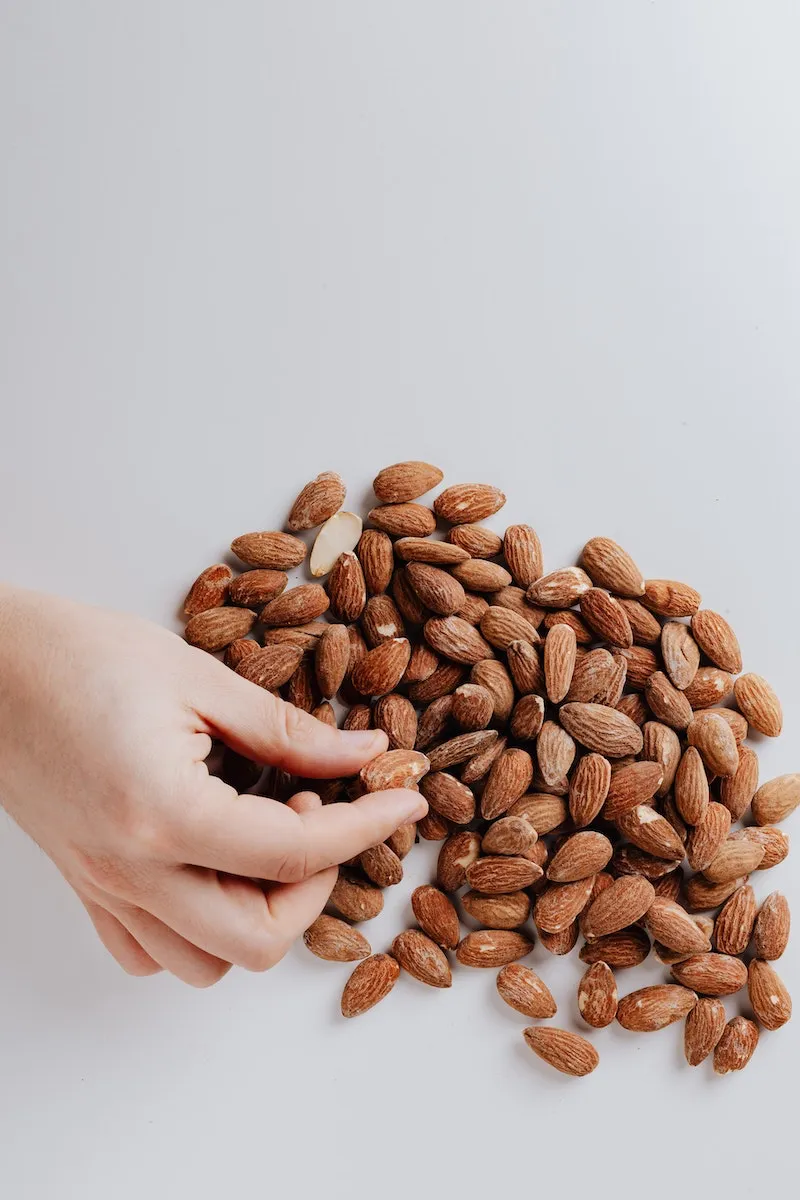

Want to get the most cancer-fighting power from your broccoli?
The secret is a compound called sulforaphane, which only forms when an enzyme in the broccoli gets to work after it’s been cut. The catch? High heat instantly destroys that enzyme. The solution is the “hack and hold” method: chop your broccoli and let it rest on the cutting board for 30-40 minutes before you cook it. This gives the enzyme enough time to produce a good supply of sulforaphane, which is stable enough to withstand the heat of cooking. In a rush? Add a pinch of mustard seed powder to your cooked broccoli; it contains a similar enzyme that can get the job done post-cooking.
More than 90% of the Vitamin C in vegetables like spinach or peas can be lost when they are boiled and the water is discarded.
This highlights the downside of one of cooking’s most common methods. To preserve these fragile, water-soluble nutrients, opt for cooking techniques that use less water and lower heat. Steaming is a fantastic alternative, as is a quick stir-fry in a quality oil like avocado or olive oil. If you must boil, try to use the nutrient-rich cooking water as a base for a soup or sauce.










